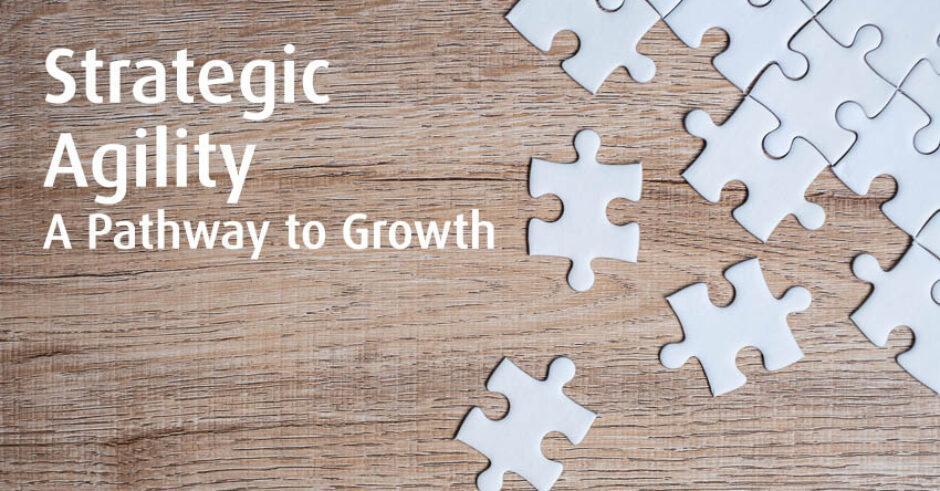In my previous articles, I have covered topics such as the correlation between the Brand and Organisational Culture; the Value Chain (working back from the Customer) and the need for employees to be engaged in the Value Chain and for them to have an understanding of the inter-departmental interactions that support the Value Chain. I am now taking this a step forward by providing an insight of how market-orientated ecosystems can provide the agility required to survive in an ever-changing marketplace.
In the UK we have seen a number of companies, that had previously been successful, close down and, in so many cases, this has come about due to them not being agile enough to take advantage of opportunities that have arisen in the external environment. In short, they have failed to meet changing customer expectation in an expedient manner and have lost out to their competitors who, being customer-centric, have designed their organisation in such a way as to ensure that they can react quickly and take the lead in the marketplace.
The most successful companies have moved away from a hierarchical design to a market-orientated ecosystem that responds to changing market opportunities with both speed and scale. In doing so, not only do they encourage collaboration and the sharing of information across platforms within the organisation, but also with external stakeholders and customers.
In ‘Reinventing the Organisation’ Arthur Yeung and Dave Ulrich have provided examples of organisations that created market-orientated ecosystems, such as Amazon, so as to take advantage of customers’ current needs and also anticipate, and even create, their future requirements. However, to do so, they have leveraged the ‘right’ culture; one that facilitates:
- An outward-looking culture where everyone in the organisation is encouraged to watch for, and communicate, changes in the external environment that could have a positive or negative effect on the business.
- Idea generation through the encouragement of innovation and creativity throughout the organisation; with particular focus on opportunities created by digitalisation and other new technologies that can provide a quicker, easier and a more enjoyable experience for the customer. Whilst being customer-centric, this can also help to meet employee needs by providing an opportunity for professional development which, in turn, can lead to a higher retention of talent (thereby reducing employment costs).
- A no-blame culture where failure is accepted, provided that there are lessons learned that can be transferred to future projects.
- Agility throughout the organisation. The ability to improve and experiment expeditiously, through the movement of scarce resources around the enterprise, so as to be in a position to take full advantage of opportunities in the external environment and take the lead in the marketplace.
However, agility also requires people to be accountable and accountability needs to be synonymous with company results and how employee behaviour affects the ecosystem. In my next article I will be looking at the correlation between individual accountability and leadership.


